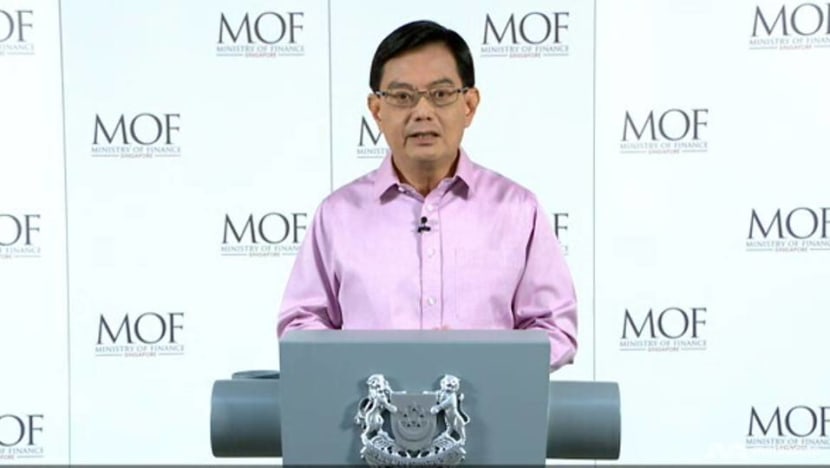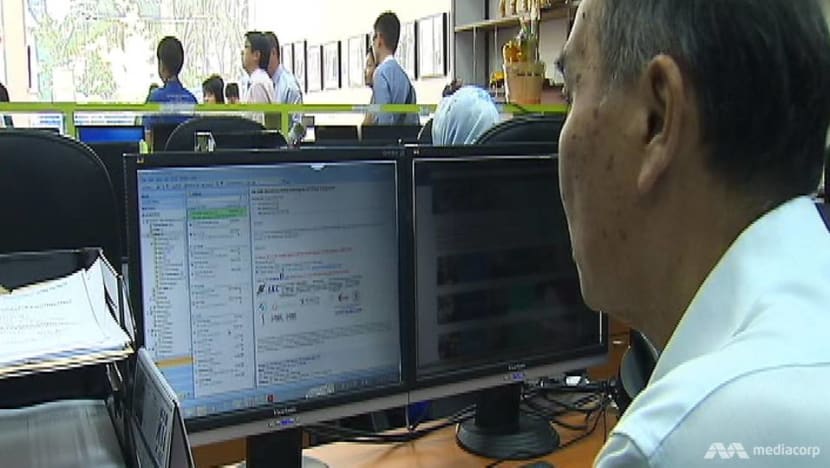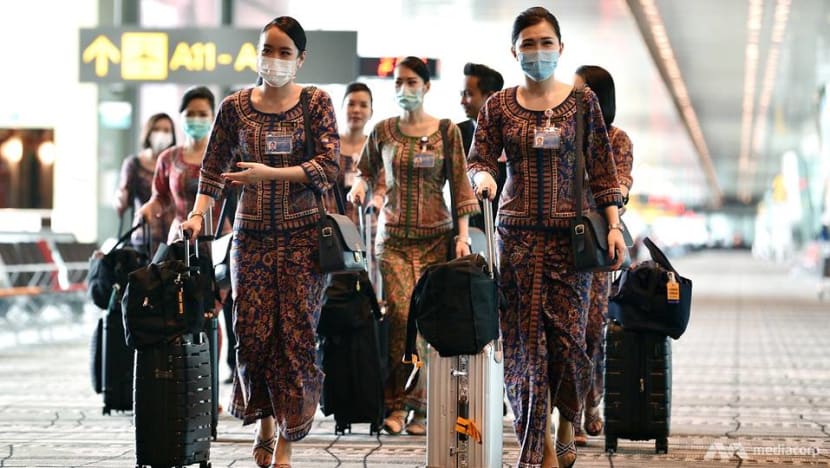commentary Commentary
Commentary: Singapore’s steady seven-month plan to get the economy back on track
The S$8 billion package announced by DPM Heng Swee Keat is not only intended to tide businesses and workers over the next little while but also intends to position all for future growth, says NUS Business School’s Sumit Agarwal.

Deputy Prime Minister Heng Swee Keat delivers a ministerial statement on Monday (Aug 17) on how the Singapore Government will continue to support workers and businesses during the COVID-19 crisis.
SINGAPORE: In early August, Singapore’s multi-ministry COVID-19 task force announced that the number of cases will drop significantly by the end of the month due to the effectiveness of the 55-day circuit breaker and other safety measures, and as the testing for foreign worker dormitories complete. And indeed it has.
The past week has seen 100 or so new cases each day. The number of new community cases each day has also remained stable and in the low single digits.
Such was the context in which Deputy Prime Minister (DPM) and Finance Minister Heng Swee Keat delivered his ministerial statement on Monday (Aug 17) where he outlined plans to support Singapore’s next phase of getting people back to work safely and restarting the economy.
The S$8 billion worth of measures come on the back of Singapore reporting its worst quarterly contraction on record with GDP shrinking 13.2 per cent from a year earlier.
But while those figures are sobering, hope that the Singapore economy has bottomed out springs eternal.
LISTEN: Unfair firing and hiring practices under scrutiny during Singapore’s worst recession
After all, the second quarter was when the country was in the eye of the economic storm, facing the circuit breaker and we have reopened for business for some time since.
Mr Heng’s package is intended to support jobs and create new ones, provide support for the hardest hit sectors and position the economy for future growth in this new normal.
One difference between this latest package and the four prior budgets is that this one is not drawing down on the strategic reserves but a reallocation of funds from projects that have been delayed due to COVID-19.
This is an important distinction as the Government may be signaling that it does not need to draw down anymore from the reserves and that they are looking ahead to economic growth instead of another stimulus to bail firms and workers.
PRAGMATISM AT ITS BEST
Many countries are trying to figure out how best to move to the next phase and are taking different approaches. Some are even split politically, with divisions stalling national action.

In the United States, the Democrats believe that they should keep giving citizens money so low-income earners do not endanger themselves by continuing to work, sometimes in close proximity, while the Republicans want to incentivise workers to return by minimising handouts.
There are a handful that try to find a middle ground but the polarised debate, including between the federal government and state governors, has hampered government policy.
In this fluid situation, the Singapore Government is considered in its plan on how to incentivise employers and workers to quickly guide the economy out of this COVID-19 recession. What DPM Heng has announced is a practical approach to get Singapore back on its feet.
READ: Commentary: Why Asia and Europe are responding to the same COVID-19 crisis differently
While partisan politics in the US weighs welfare against a more ruthless approach, Singapore is aiming to strike a balance between mitigating unemployment and overly relying on employment benefits.
Hence the COVID-19 Support Grant’s conditionality of proof of a job search, and the Workfare Special Package’s expansion to include workers who found new employment in 2020 incentivises that return to work.
The nation’s stance has focused on how to get workers back to work quickly, considering factors such as age, reskillability, upskillability, and the ability to find jobs, versus others who need more protection and support.
READ: Commentary: The outlook for Singapore Airlines has gone from bad to worse
Older workers, vulnerable to long-term unemployment when laid off, will hence get more wage support in high-growth sectors under the Jobs Growth Incentive, and be given a second shot in firms that might enjoy an uplift when the winds of recovery pick up in biomedical sciences, financial services and infocommunications technology.
Mr Heng is placing his bets on those sectors to boost employment.
He has also laid out a very detailed data-driven plan that classifies industries into three tiers based on the projected recovery of that industry.

The classification channels the Job Support Scheme funding towards the most vulnerable industries and to gradually remove the support from the industries projected to recover over the next seven months.
THE MULTIPLIER EFFECT
But Mr Heng also acknowledges the critical help needed by the aerospace, aviation, tourism and built environment sectors - strategic sectors for Singapore with its aviation hub ambitions that will provide a stronger uplift when the global economy eventually recovers.
These measures include an additional S$187 million for the aviation sector, the redeployment of workers to other areas of need, and S$320 million in tourism credits to spur domestic tourism.
READ: Commentary: Here’s why stock markets are defying the economic reality of COVID-19
The added support will boost the confidence of investors and domestic consumers in Singapore. Success in bolstering these industries will reduce job losses in these sectors while stimulating employment and consumption in other sectors, which are part of their value chain.
Besides the multiplier effect, it is also worth noting that aviation and aerospace are crucial industries that enable a small but open and connected economy like Singapore to thrive.
With the S$8 billion package, Singapore is now moving forward in stimulating economy growth. As the COVID-19 situation evolves rapidly, only time will tell whether these measures will be successful.

At the very least, they help to cushion people against these turbulent times.
But the litmus test is in whether businesses can make full use of the various schemes and initiatives to retool for the future and find new opportunities in digitalising and pivoting, and whether workers can find it in themselves to reskill for tasks, even new jobs they had not considered in the past.
The storm is calming but this national effort cannot let up.
Sumit Agarwal is the Low Tuck Kwong Distinguished Professor of Finance, Economics and Real Estate at NUS Business School. He is also the author of Kiasunomics and Kiasunomics2, which will be published in September 2020. The opinions expressed are those of the writer’s and do not represent the views and opinions of NUS.












